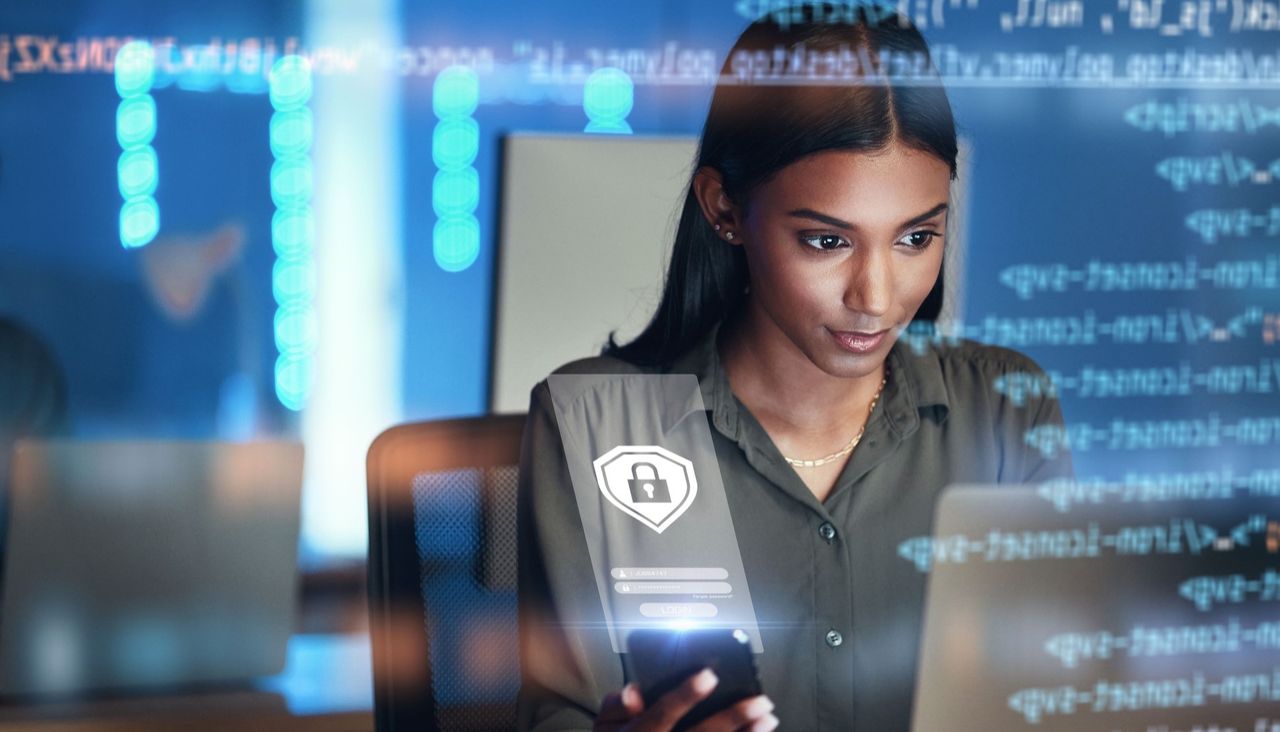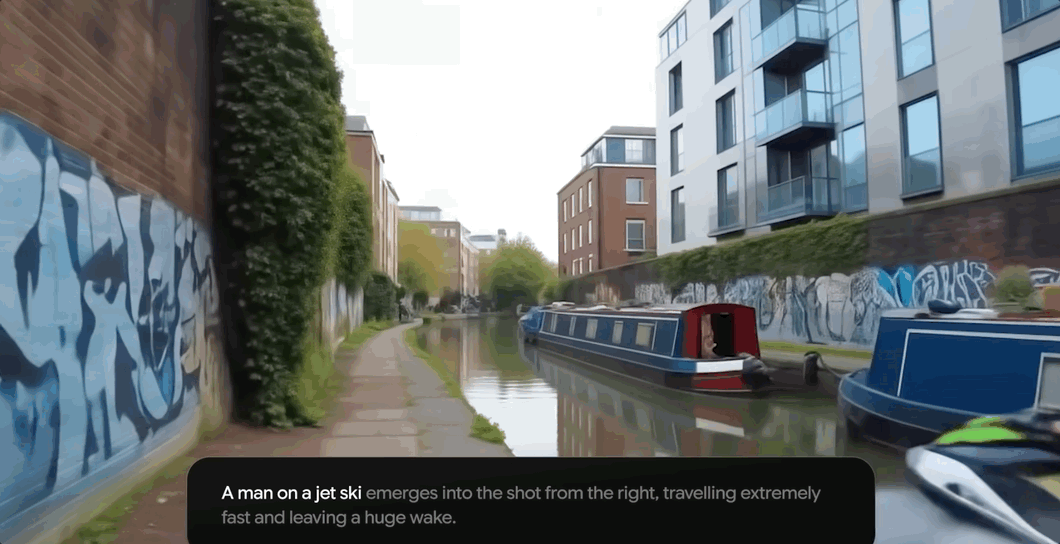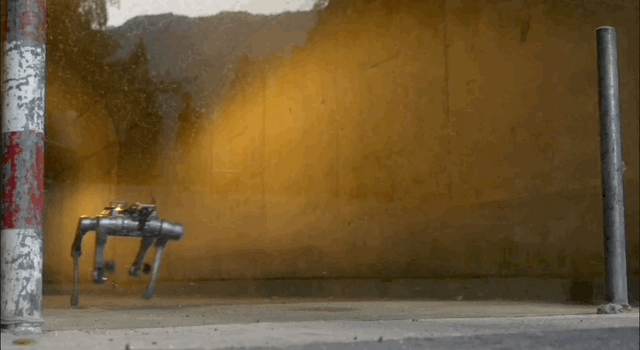
Fakes were once straightforward to identify; unusual accents, inconsistent logos, or poorly written emails clearly indicated a scam. These indicators, however, are becoming increasingly difficult to detect as deepfake technology becomes increasingly sophisticated.
What began as a technical curiosity is now a very real threat – not just to individuals, but to businesses, public services, and even national security. Deepfakes – highly convincing fake videos, images or audio created using artificial intelligence – are crossing a dangerous threshold. The line between real and fake is no longer blurred and, in some cases, it’s all but vanished.
For businesses who work across sectors where trust, security and authenticity are paramount, the implications are serious. As AI tools become increasingly advanced, so too do the tactics of those who seek to exploit it. And while most headlines focus on deepfakes of celebrities or political figures, the corporate risks are growing.
Why deepfakes are no longer a future threat
The barrier to entry is lower than ever. A few years ago, generating a convincing deepfake required a powerful computer, specialist skills and above all, time. Today, with just a smartphone and access to freely available tools, almost anyone can generate a passable fake video or voice recording in minutes. In fact, a projected 8 million deepfakes will be shared in 2025, up from 500,000 in 2023.
This broader accessibility of AI means the threat is no longer confined to organized cybercriminals or hostile state actors. The tools to cause disruption are now readily available to anyone with intent.
In a corporate context, the implications are significant. A fabricated video showing a senior executive making inflammatory remarks could be enough to trigger a drop in share price. A voice message, virtually indistinguishable from that of a CEO, might instruct a finance team to transfer funds to a fraudulent account. Even a deepfake ID photo could deceive access systems and allow unauthorized entry into restricted areas.
The consequences extend far beyond embarrassment or financial loss. For those working in critical infrastructure, facilities management, or frontline services, the stakes include public safety and national resilience.
An arms race between deception and detection
For every new advancement in deepfake technology, there’s a parallel effort to improve detection and mitigation. Researchers and developers are racing to create tools that can spot the tiny imperfections in manipulated media. But it’s a constant game of cat and mouse, and at present, the ‘fakers’ tend to have the upper hand. A 2024 study, in fact, found that top deepfake detectors saw accuracy drop by up to 50% on real-world data, showing detection tools are struggling to keep up.
In some cases, even experts can’t tell the difference between real and fake without forensic analysis. And most people don’t have the time, tools or training to question what they see or hear. In a society where content is consumed quickly and often uncritically, deepfakes can spread misinformation, fuel confusion, or damage reputations before the truth has a chance to catch up.
There’s also a wider cultural impact. As deepfakes become more widespread, there’s a risk that people start to distrust everything – including genuine footage. This is sometimes called the ‘liar’s dividend’, meaning real evidence can be dismissed as fake, simply because it’s now plausible to claim so.
What organizations can do now
The first step is recognising that deepfakes aren’t a theoretical risk. They’re here. And while most businesses won’t yet have encountered a deepfake attack, the speed at which the technology is improving means it’s no longer a question of if, but when.
Organizations need to adapt their security protocols to reflect this. That means more rigorous verification processes for requests involving money, access or sensitive information. It means training staff to question the authenticity of messages or media – especially those that come out of the blue or provoke strong reactions – and creating a ‘culture of questioning’ throughout the business. And where possible, it means investing in technology that can help spot fakes before damage is done.
Whether it’s equipping teams with the knowledge to spot red flags or working with clients to build smarter security systems, the goal is the same: to stay ahead of the curve.
The deepfake threat also raises important questions about accountability. Who takes the lead in defending against digital impersonation – tech companies, governments, employers? And what happens when mistakes are made – when someone acts on a fake instruction or is misled by a synthetic video? There are no easy answers. But waiting isn’t an option.
Defending reality in an artificial age
There’s no silver bullet for deepfakes, but awareness, vigilance and proactive planning go a long way. For businesses operating in complex environments – where people, trust and physical spaces intersect – deepfakes are a real-world security challenge.
The rise of AI has given us remarkable tools, but it’s also given those with malicious intent a powerful new weapon. If truth can be manufactured, then helping clients and teams tell fact from fiction has never been more important.
We’ve featured the best online cybersecurity courses.
This article was produced as part of TechRadarPro’s Expert Insights channel where we feature the best and brightest minds in the technology industry today. The views expressed here are those of the author and are not necessarily those of TechRadarPro or Future plc. If you are interested in contributing find out more here: https://www.techradar.com/news/submit-your-story-to-techradar-pro





